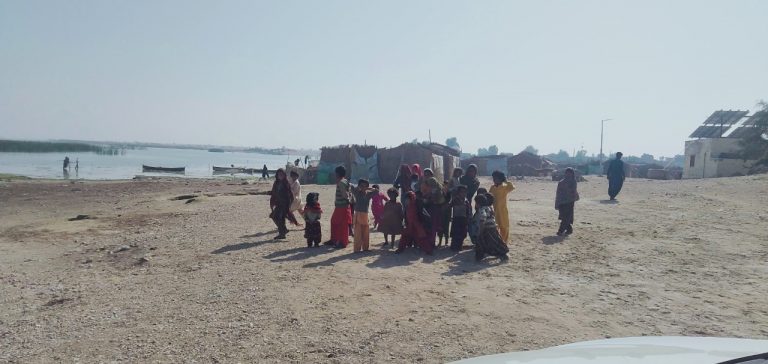
Manchhar is not only important from economic point of view but it was and can be upholder of rich cultural heritage. Sindh government has to take measure to persevere this economic and cultural heritage.
Gulsher Panhwer
Manchhar Lake, once largest natural freshwater reservoir of Pakistan and one of the largest fresh water lakes in Asia has lost its majesty. From repository of aquatic life, adorned by fauna, it has been turned to cesspool of sewage mixed saline water.
Manchhar in Sindhi language is a compound word ‘Man’ and ‘Chhar’ – Man means heart and Chhar connotes wide expense of water. According to historians, 8 to 10 thousand years ago Manchhar Lake was formed after Indus River changed its course. Pne of the authentic historical source Tarikh-e-Mazhar Shahjahani, records that Numree tribes resided around the Manchhar in ancient times. Primordial archaeological sites of Lal Chatto, Mashak Lohri and Lakhiyo situated along the edge of Lake Manchhar are the most ancient sites that give testimony of the rich historical background of the Manchhar Lake. In its heydays tens of thousands of households in the Manchar Lake had around 2,000 residential boats.
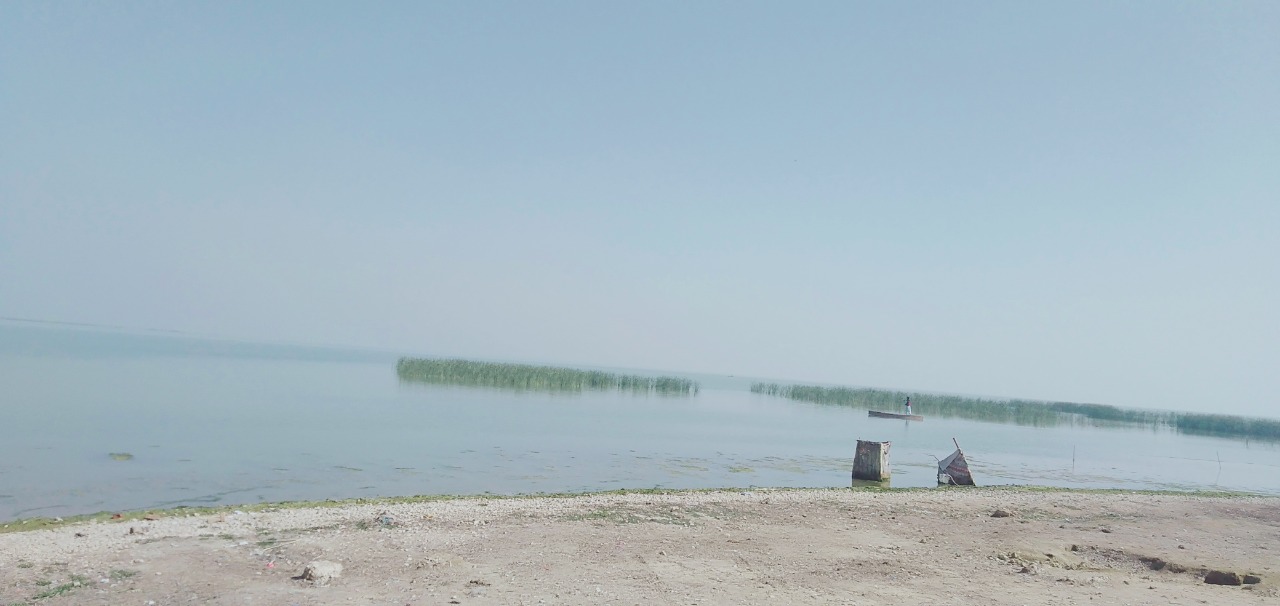 According to researcher Feroz Memon, there were 2600 species of plants, animals, fish and a habitat for migratory birds was provided by this lake. The lake water which expended from 200 to 500 KMs during heavy monsoon and flash flood from Nai Angai and Nai Gaj irrigated 600,000 acres of land.
According to researcher Feroz Memon, there were 2600 species of plants, animals, fish and a habitat for migratory birds was provided by this lake. The lake water which expended from 200 to 500 KMs during heavy monsoon and flash flood from Nai Angai and Nai Gaj irrigated 600,000 acres of land.
Till 1921, main water flow sources for Manchhar was Nai Gaj and other smaller torrential streams flowing from Khirthar Mountain to Manchhar. Other main source of feeding and the main reason for Manchhar’s downfall is Main Nara Valley drain (MNV) constructed in 1921. Before introduction of irrigation canal system by British, the mighty torrential stream Nia Gaj flowed from northwest to east and released in Indus River. To save the irrigation system in barrage area of Johi taluka of Dadu district from flash flood of Nai Gaj, the British constructed flood protection boulder called Teer Bhit which diverted the Nai Gaj’s water flow from east to south. This diverted water besides helping in cultivation of rain fed semi desert plains of Kachho also filled Manchhar. The third source was from Indus River through Aral Wah which filled Manchhar when there was low or little flow from torrential stream Nai Gaj.
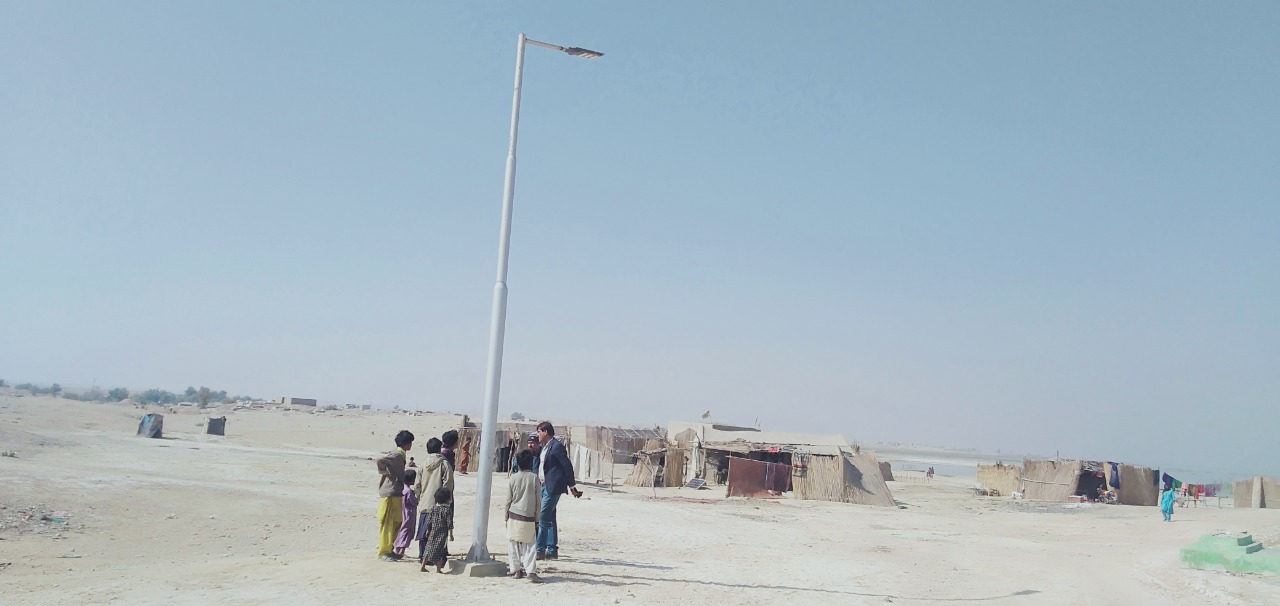 In the start due to abundance of fresh water from Nai Gaj and Aral Wah and very little flow from MNA Drain, the Manchhar continued its status of flourishing fresh water lake. But as the traditional fresh water flow decreased due to climate change and other factors and MNV drain was widened and deepened by excavating its bed, saline and sewerage water volume increased in MNV drain. This started playing havoc with aquatic and ecological fabric of the lake.
In the start due to abundance of fresh water from Nai Gaj and Aral Wah and very little flow from MNA Drain, the Manchhar continued its status of flourishing fresh water lake. But as the traditional fresh water flow decreased due to climate change and other factors and MNV drain was widened and deepened by excavating its bed, saline and sewerage water volume increased in MNV drain. This started playing havoc with aquatic and ecological fabric of the lake.
The slow and steady poisoning extracted its heavy toll on the lake and Fisher folks livelihood as Fish catch decreased from 700 million tons in 1990 to 75 million in 2004 and no cache at all today expect a small and tasteless fish species called Paaplet, which is sold for pittance.
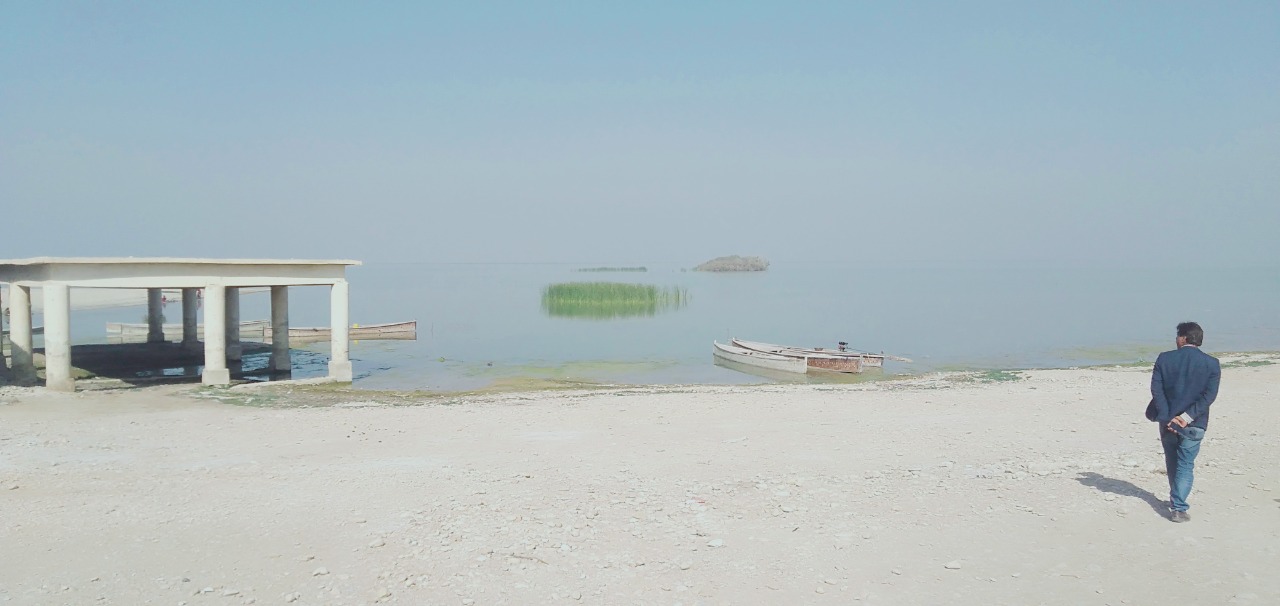 Fisher folk not only lost the income source from fish from the lake, which also attracted and hosted millions of migratory birds, which were other main source of income. Due to disappearing of natural feed like fish and disappearance of shelter, there were almost no migratory birds seen during this winter season.
Fisher folk not only lost the income source from fish from the lake, which also attracted and hosted millions of migratory birds, which were other main source of income. Due to disappearing of natural feed like fish and disappearance of shelter, there were almost no migratory birds seen during this winter season.
Fauna, which provided feed and enabling environment to fish and birds also worked as third main source of income for fisher folks. The thick cover of Pubun plant worked as income basket, as its delicious seed with milky taste were sold in the market on good price; the root of the plant bore bih (used as popular vegetable) was in great demand and when water receded, tons of bih provided additional income to the prosperous fisher folk communities.
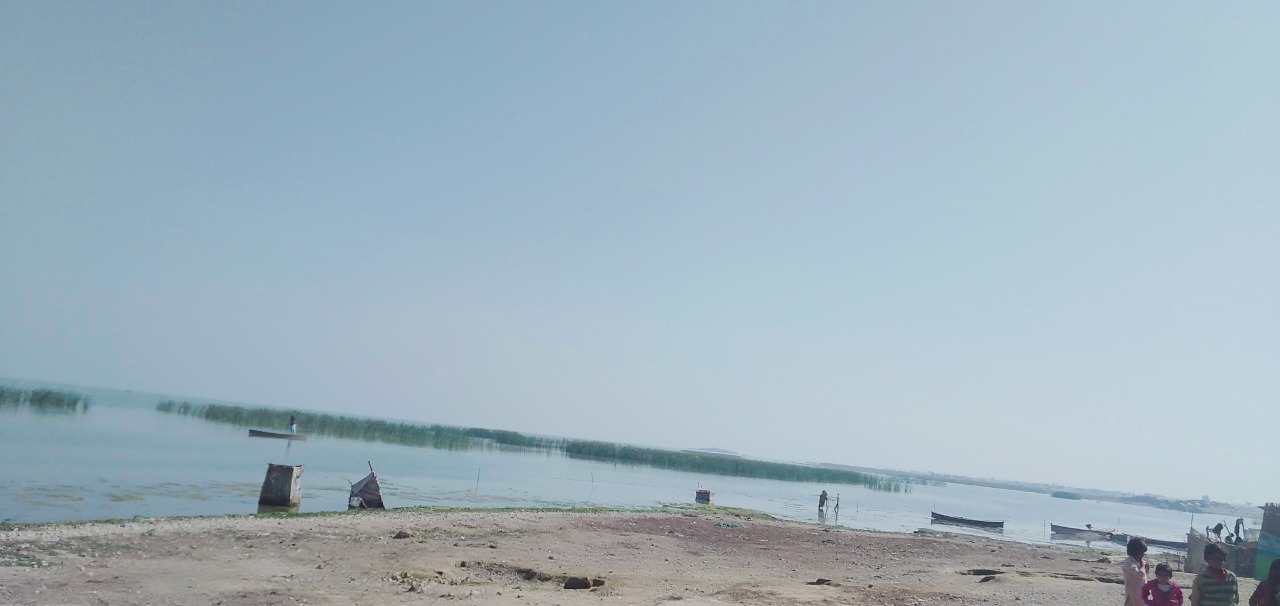 The lotus or kanwal flower adorned the length and breadth of the Manchhar and besides unique boat homes increased the beauty of the lake and was big attraction for tourists. Thriving tourism was fourth source of income for the fisher folks. All the booming income sources also created economy of scale and carpentry, transportation, fish shops and other linked business flourished in whole District (then Dadu District).
The lotus or kanwal flower adorned the length and breadth of the Manchhar and besides unique boat homes increased the beauty of the lake and was big attraction for tourists. Thriving tourism was fourth source of income for the fisher folks. All the booming income sources also created economy of scale and carpentry, transportation, fish shops and other linked business flourished in whole District (then Dadu District).
Survival of fittest resulted in widespread migration. Some 40,000 fisher folk had migrated to coastal area in Karachi to make out their living. This migratory trend still continues. Those migrated had their own problem to face in new and competitive environment of the sea fishing. Those left out behind are living the lives of penury and misery. Besides wiping out their traditional livelihood sources the poisonous water is devastating the health of the residents. Typhoid, diarrhea, gastroenteritis, hepatitis, TB and other water borne and skin disease are common among the wretched dwellers of the lake. In 2004, 30 people expired due to consumption of contaminated lake water. During this writer visit to the lake along with guests from Islamabad, the emaciated fisher folk shared that they have nothing to eat; each house hold spent Rs.50 per jerry can of water which is fetched and sold by local watermen and those who cannot afford this, have to consume highly contaminated water.
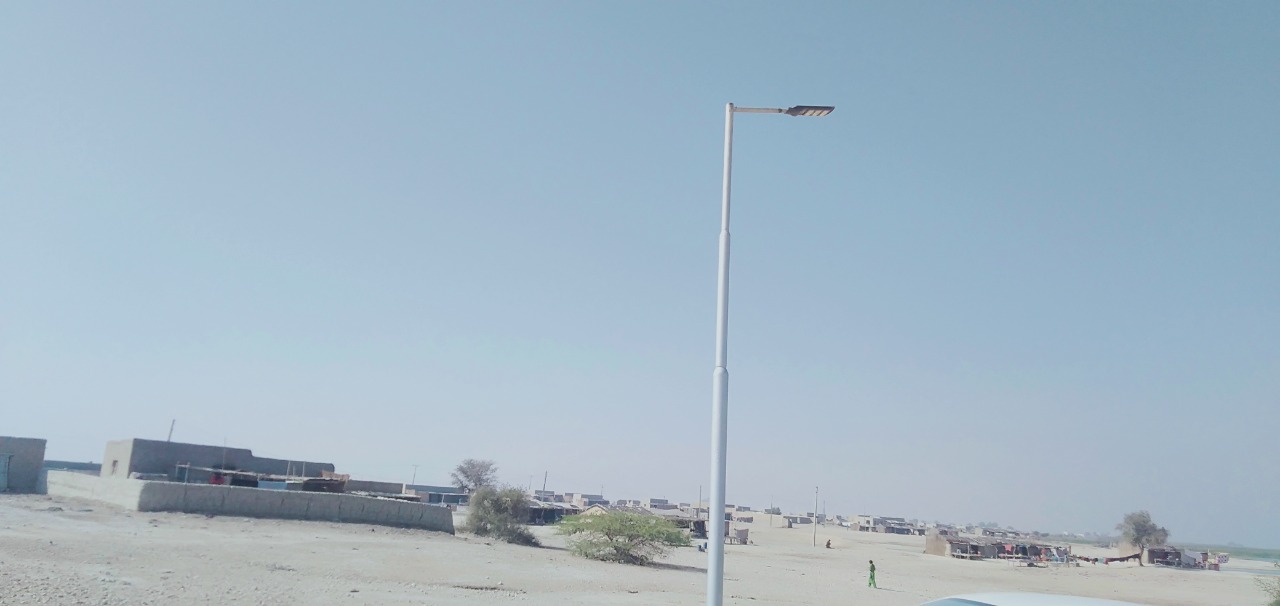 On zero point there we saw 50 to 70 families living in straw made homes. No school, no health center – only abject living condition can be observed.
On zero point there we saw 50 to 70 families living in straw made homes. No school, no health center – only abject living condition can be observed.
One fisher folk on the condition of anonymity shared that they used to eke out their meagre living from catching paplet fish but local landlord has imposed ban on catching even the only left out fish species.
Fisher folk has their fair share in accelerating destruction of the lake. Even when fish was enough, they used thin nets, poisonous powder in greed of big catch. This also contributed in disappearing of some very good fish species. For last several years, fisher folks in desperation caught tiny fish and after drying these fish sold it as the poultry feed. During one visit previous year when this writer asked the fisher folk why they are destroying their own livelihood by catching and selling these tiny seed fish, they retorted that hunger knows no bound.
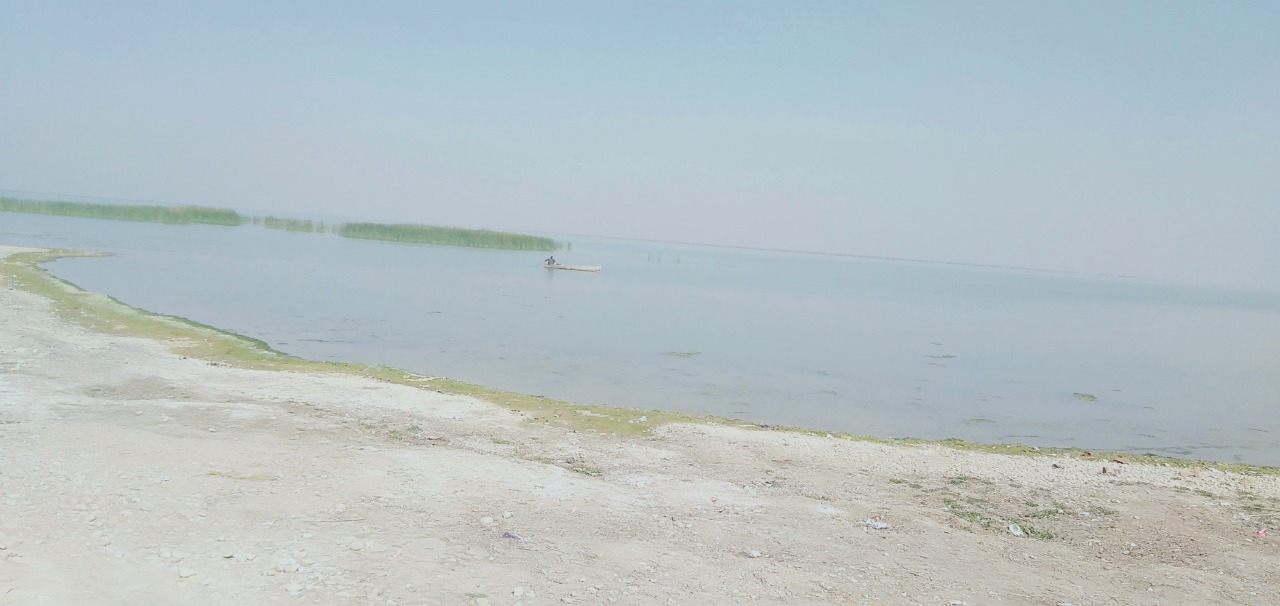 After constant hue and cry by media and representative fisher folk bodies, the government conceived and started Right Bank Outfall Drain (RBOD) project in 1993 to divert MNV drain water to the sea which was believed to restore the Manchhar to its fresh water lake status and rehabilitate the fish folk. But after the passage of nearly 3 decades the project is still in limbo. It’s unlikely that this project would see light of the day sooner.
After constant hue and cry by media and representative fisher folk bodies, the government conceived and started Right Bank Outfall Drain (RBOD) project in 1993 to divert MNV drain water to the sea which was believed to restore the Manchhar to its fresh water lake status and rehabilitate the fish folk. But after the passage of nearly 3 decades the project is still in limbo. It’s unlikely that this project would see light of the day sooner.
Now the fisher folk have artificially planted pan plant in cluster. This, they believe, has started attracting fish as it provides shelter and feeds to fish and birds. This pan plant is also sold for erection of straw shelter.
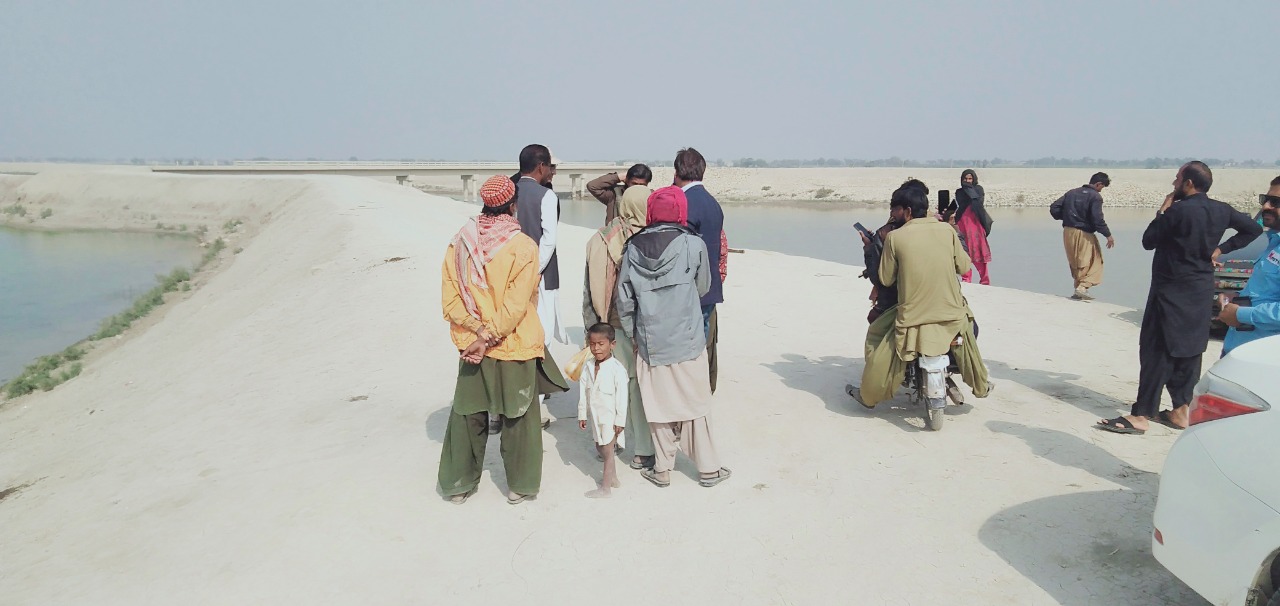 With ban on tiny fish (fish seed) and planting of pan through self-initiative by fisher folk there is chances that few left out fisher folk would find substance level livelihood opportunities. However, restoration of Manchhar needs political will on the part of the government to undertake intensive consultative process with fish folks, environmental experts and other relevant stakeholders followed by comprehensive and sustainable rehabilitation measures. The part of the lake falls in the constituency of the present Chief Minister Sindh Syed Murad Ali Shah. Other advantage is that for last many decades PPP is continuously in power. Thus there is no issue of discontinuity or abandoning the rehabilitation project by another political party (s) in power. What needed is political will. The Manchhar is not only important from economic point of view but it was and can be upholder of rich cultural heritage. Sindh government has to take measure to persevere this economic and cultural heritage.
With ban on tiny fish (fish seed) and planting of pan through self-initiative by fisher folk there is chances that few left out fisher folk would find substance level livelihood opportunities. However, restoration of Manchhar needs political will on the part of the government to undertake intensive consultative process with fish folks, environmental experts and other relevant stakeholders followed by comprehensive and sustainable rehabilitation measures. The part of the lake falls in the constituency of the present Chief Minister Sindh Syed Murad Ali Shah. Other advantage is that for last many decades PPP is continuously in power. Thus there is no issue of discontinuity or abandoning the rehabilitation project by another political party (s) in power. What needed is political will. The Manchhar is not only important from economic point of view but it was and can be upholder of rich cultural heritage. Sindh government has to take measure to persevere this economic and cultural heritage.
_________________
 Gulsher Panhwer is a freelance writer mostly touching the environmental, cultural and such other issues. He can be reached at gulsherp@yahoo.com
Gulsher Panhwer is a freelance writer mostly touching the environmental, cultural and such other issues. He can be reached at gulsherp@yahoo.com